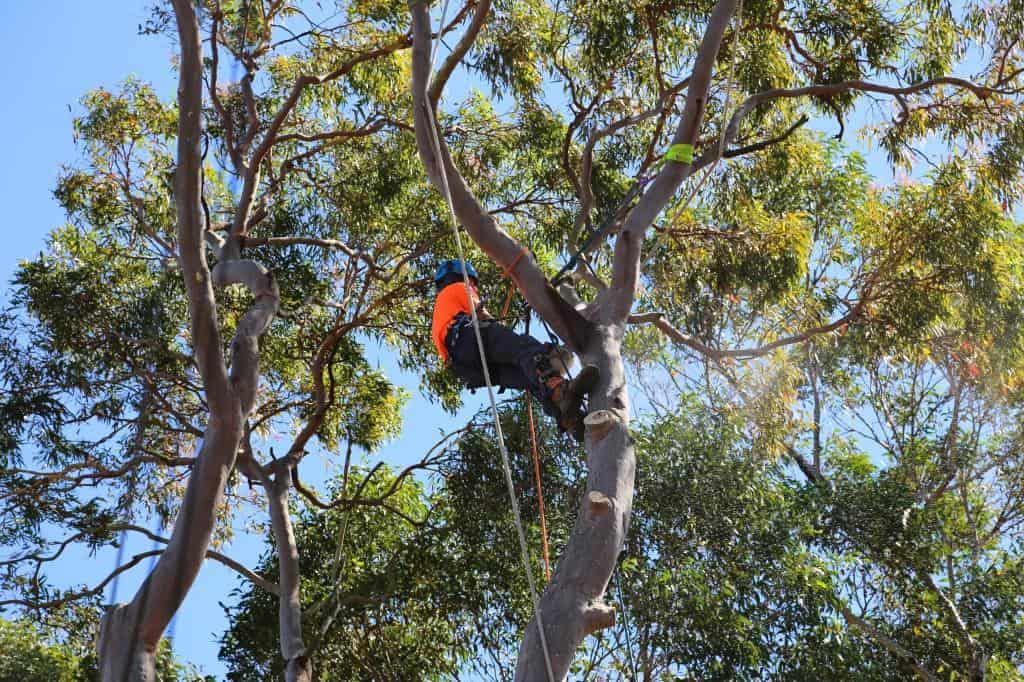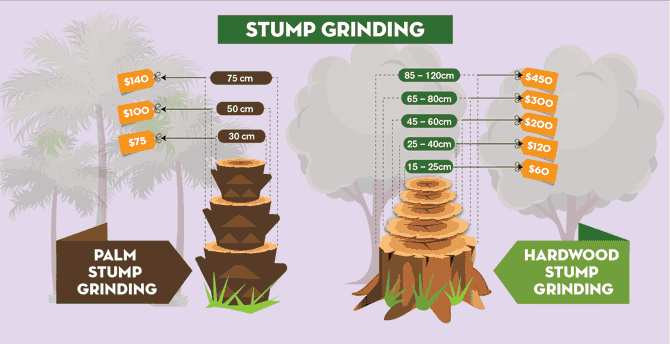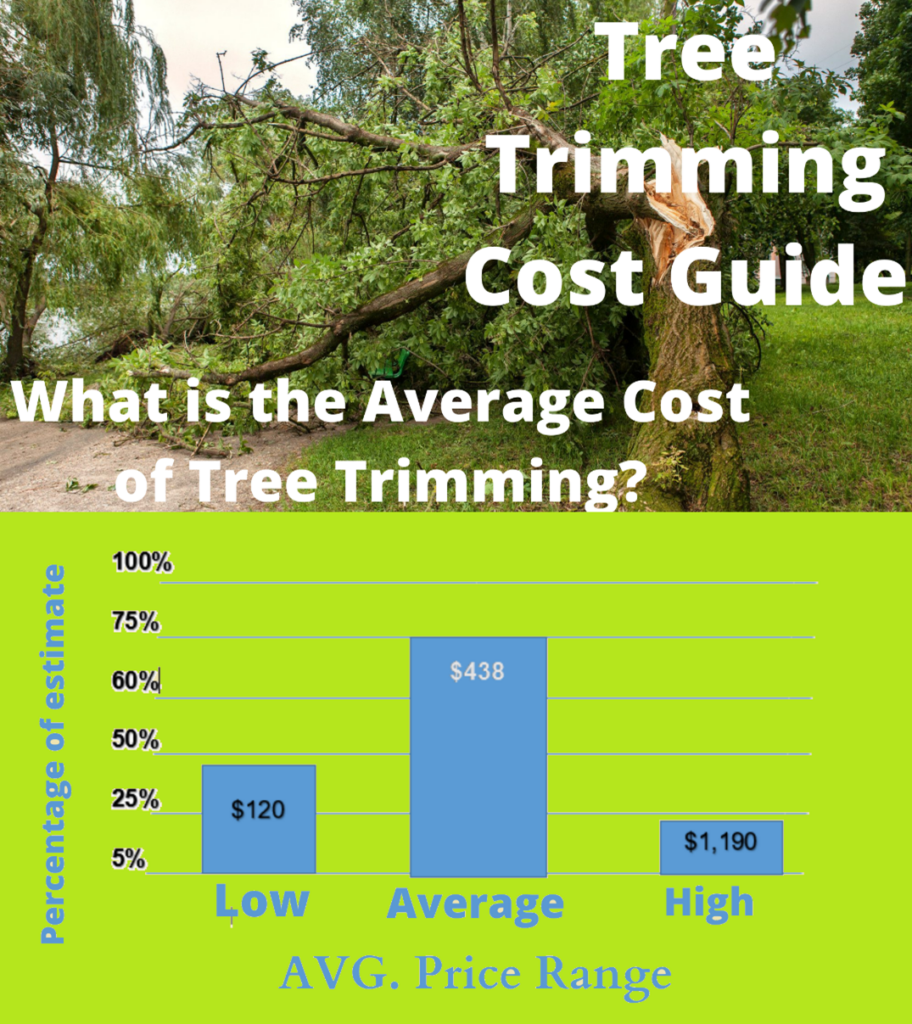Featured
Table of Contents
- – How To Budget For An Tree Clearing In Marion, IA
- – Marion, IA Tree Trimming Reviews And Pricing
- – Best Value Tree Trimming In Marion, IA
- – What Determines Tree Service Pricing In Mario...
- – Marion, IA Stump Removal Guarantee Costs: Wha...
- – Marion, IA Tree Removal Pricing Trends
- – Marion, IA Tree Trimming Cost Models
- – Marion, IA: Standard Tree Cutting Prices
- – Most Affordable Stump Removal Rates In Mario...
- – Marion, IA Stump Grinding Cost Variables
- – Cost Expectations For An Tree Removal In Mar...
- – Marion, IA Tree Trimming vs DIY: Cost Analysis
- – Marion, IA Stump Grinding Price Comparison T...
- – Premium Tree Cutting Packages In Marion, IA:...
- – Additional Tree Trimming Costs In Marion, IA...

The subsections listed below provide more in-depth information about prices, including a typical variety for each. TypeAverage Elimination CostPineConiferPalmMagnoliaArborvitaeAshCedarSweet GumEucalyptusSycamoreCypressOakMaplePoplar You can expect to pay in between to remove a pine, depending upon its size. Removing a pine is among the more affordable jobs unless it is one that has been around for many years and is rather large.
How To Budget For An Tree Clearing In Marion, IA
Pines also have a tap root that grows deep into the soil, which can prove to be more hard to eliminate. The procedure itself involves an expert cutting the tree, clearing the base, cutting the surface roots, eliminating the stump, and finally dealing with the soil. Without an expert hand, you risk leaving pine seedlings behind, which will fall from the roots of distressed pines.
Marion, IA Tree Trimming Reviews And Pricing
The U.S. nationwide average for conifer elimination is around to have the conifer cut down, hauled away, and the stump ground or gotten rid of completely. Conifers are usually much easier to remove, and despite the fact that they can grow rather tall, they do not cost a fortune to get rid of. Conifers include pine, spruce, fir, and juniper trees.
Best Value Tree Trimming In Marion, IA
While conifers are lovely, they kill native plants and specific types of yard. This is due to the fact that they need a lot of water and nutrients to make it through, so they leach it off surrounding plants. They likewise have an extensive network of roots, which can impact your home's structure. The average rate of palm elimination depends on the height as much as the type, varying from.
What Determines Tree Service Pricing In Marion, IA
That is why it is necessary to understand which type you are eliminating. While you do not need an herbicide to kill a palm tree, there are some actions your elimination specialist will have to take to make sure the job is done properly. There are 2 methods they can get rid of them: by slicing them down or digging them up.
Marion, IA Stump Removal Guarantee Costs: What's Included
From there, they eliminate the actual tree and then the stump. Anticipate to pay in between to remove this type of tree, depending on the precise size and information of the job.
Marion, IA Tree Removal Pricing Trends
There are 3 types: green, white, and black ash. With its gray-tinged bark, its leaves are green or purple in the spring and golden yellow or purplish-red in the fall.
Marion, IA Tree Trimming Cost Models

The bark is softer, and it blooms later in the year - tree trimming. Due to the variation in height, the removal price variation is large from. A coniferous, evergreen tree, the cedar is a hardy species. Real cedars take pleasure in greater altitudes, mainly in the Himalayas and the Mediterranean. A real cedar can grow as high as 160 feet in height and is often planted in the United States as a landscape option.
Marion, IA: Standard Tree Cutting Prices
The development of false cedars varies from 50 feet up to 230 feet high. House owners may pay anywhere from, depending on the roots. With star-shaped leaves and stunning fall colors, the sweet gum is considered a medium to big tree. Delighting in full sun, the sweet gum can not endure pollution.
Most Affordable Stump Removal Rates In Marion, IA
Generally, it costs between to get rid of a eucalyptus. Eucalyptus are not common all over, but they are quite large compared to others, which is why even the smaller ones are so pricey to eliminate.
Marion, IA Stump Grinding Cost Variables
There are a handful of ways to do this, consisting of burning, pulling, grinding, or eliminating them with herbicide. Anticipate to pay in between to get rid of sycamores, based on the height, trunk size, and amount of work involved. Sycamores are one of the biggest hardwood trees, usually ranging from 60 to 100 feet tall and as broad as 15 feet.
Cost Expectations For An Tree Removal In Marion, IA
The very first two steps will expose the withins of the tree and cut off the flow of nutrients up the trunk. From there, a professional applies herbicide to eliminate the tree and reduce the trunk. Then, they will eliminate the stump. Otherwise, new sprouts might grow from it. Reducing and eliminating a mature cypress might cost as much as.
Marion, IA Tree Trimming vs DIY: Cost Analysis
There are various kinds of Cypress trees, however the most prevalent are the Leyland, Arizona, Bald, and Italian. The Bald Cypress grows in swampy or very wet areas while the others enjoy a dry, warm, or hot environment (stump grinding). They can grow as tall as 80 to 100 feet high
Marion, IA Stump Grinding Price Comparison Tool

Prone to illness, the Cypress is one of the most treasured woods for furniture. The average oak grows to around 60 feet, and depending upon the intricacy of the elimination, it costs approximately to get rid of. The specific size of your oak and the effort required to fell it affect what you will in fact spend for removal in addition to any extra services like stump grinding.
Premium Tree Cutting Packages In Marion, IA: Pricing
Access to the trees and the roots will likewise impact the overall expense. Maples are generally amongst the more expensive trees to remove due to the fact that of their size and the work involved in the elimination.
Additional Tree Trimming Costs In Marion, IA: What To Watch For
Growing as high as 90 to 115 feet, these enormous lumbers are mainly found in North America and include the aspen, cottonwood, and balsam trees. The process to remove trees includes all the cutting and cutting of the branches and trunk, bringing it down to a stump.
Table of Contents
- – How To Budget For An Tree Clearing In Marion, IA
- – Marion, IA Tree Trimming Reviews And Pricing
- – Best Value Tree Trimming In Marion, IA
- – What Determines Tree Service Pricing In Mario...
- – Marion, IA Stump Removal Guarantee Costs: Wha...
- – Marion, IA Tree Removal Pricing Trends
- – Marion, IA Tree Trimming Cost Models
- – Marion, IA: Standard Tree Cutting Prices
- – Most Affordable Stump Removal Rates In Mario...
- – Marion, IA Stump Grinding Cost Variables
- – Cost Expectations For An Tree Removal In Mar...
- – Marion, IA Tree Trimming vs DIY: Cost Analysis
- – Marion, IA Stump Grinding Price Comparison T...
- – Premium Tree Cutting Packages In Marion, IA:...
- – Additional Tree Trimming Costs In Marion, IA...
Latest Posts
Lavon, TX Tree Trimming Professionals: Pricing
Choosing The Right Tree Cutting In Corte Madera, CA: Price vs Quality
Murrieta, CA Tree Clearing: What Not To Pay
More
Latest Posts
Lavon, TX Tree Trimming Professionals: Pricing
Choosing The Right Tree Cutting In Corte Madera, CA: Price vs Quality
Murrieta, CA Tree Clearing: What Not To Pay